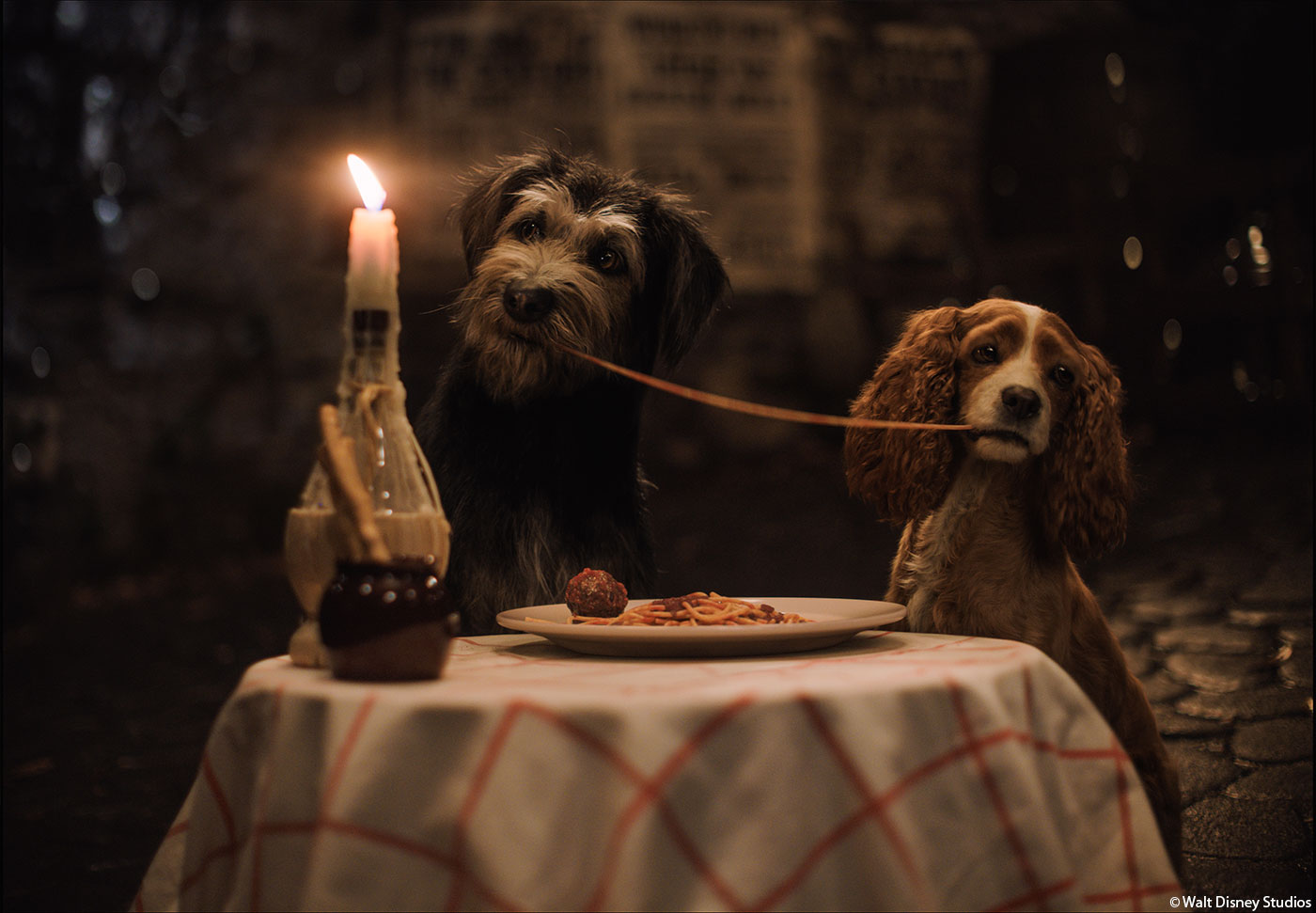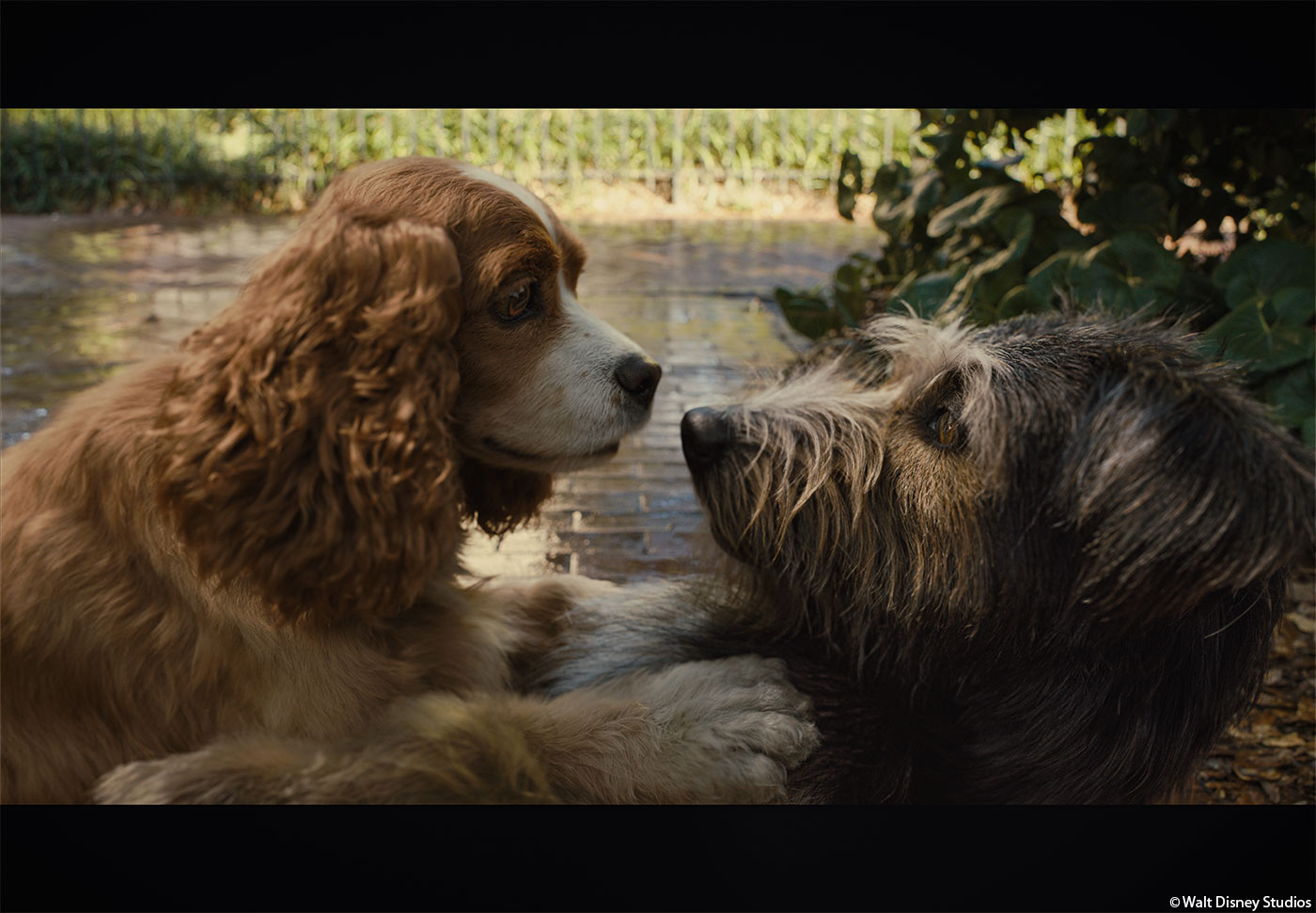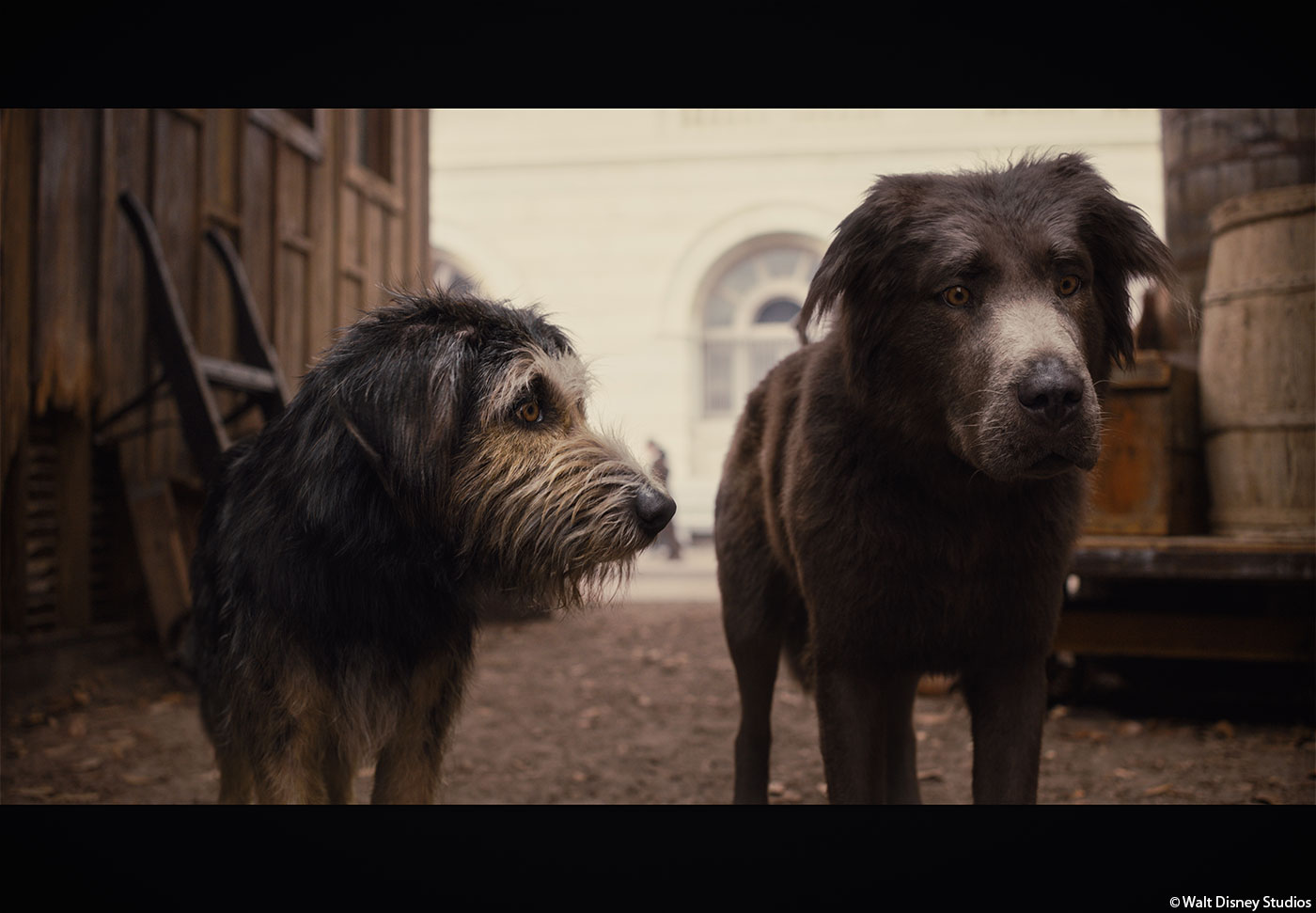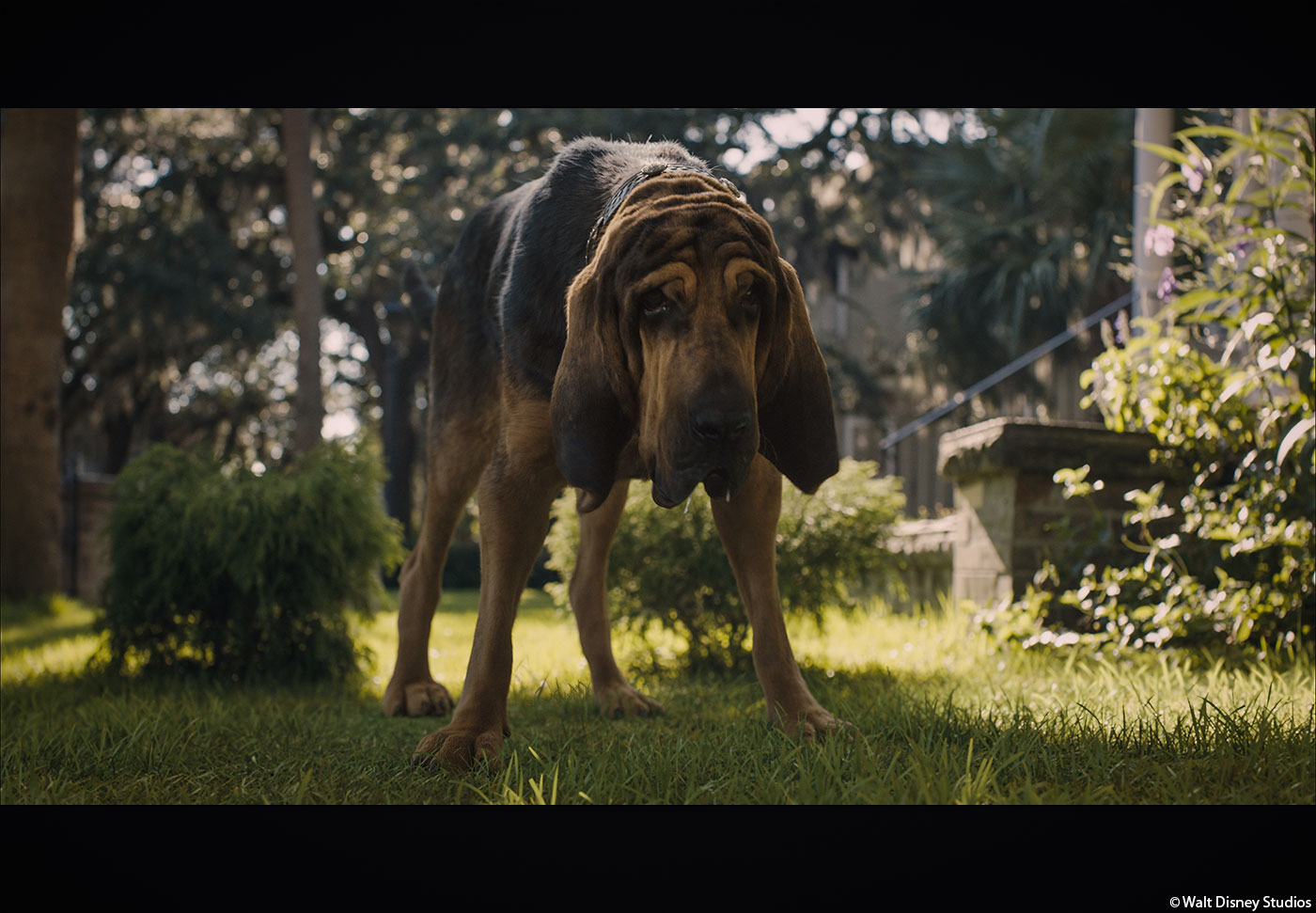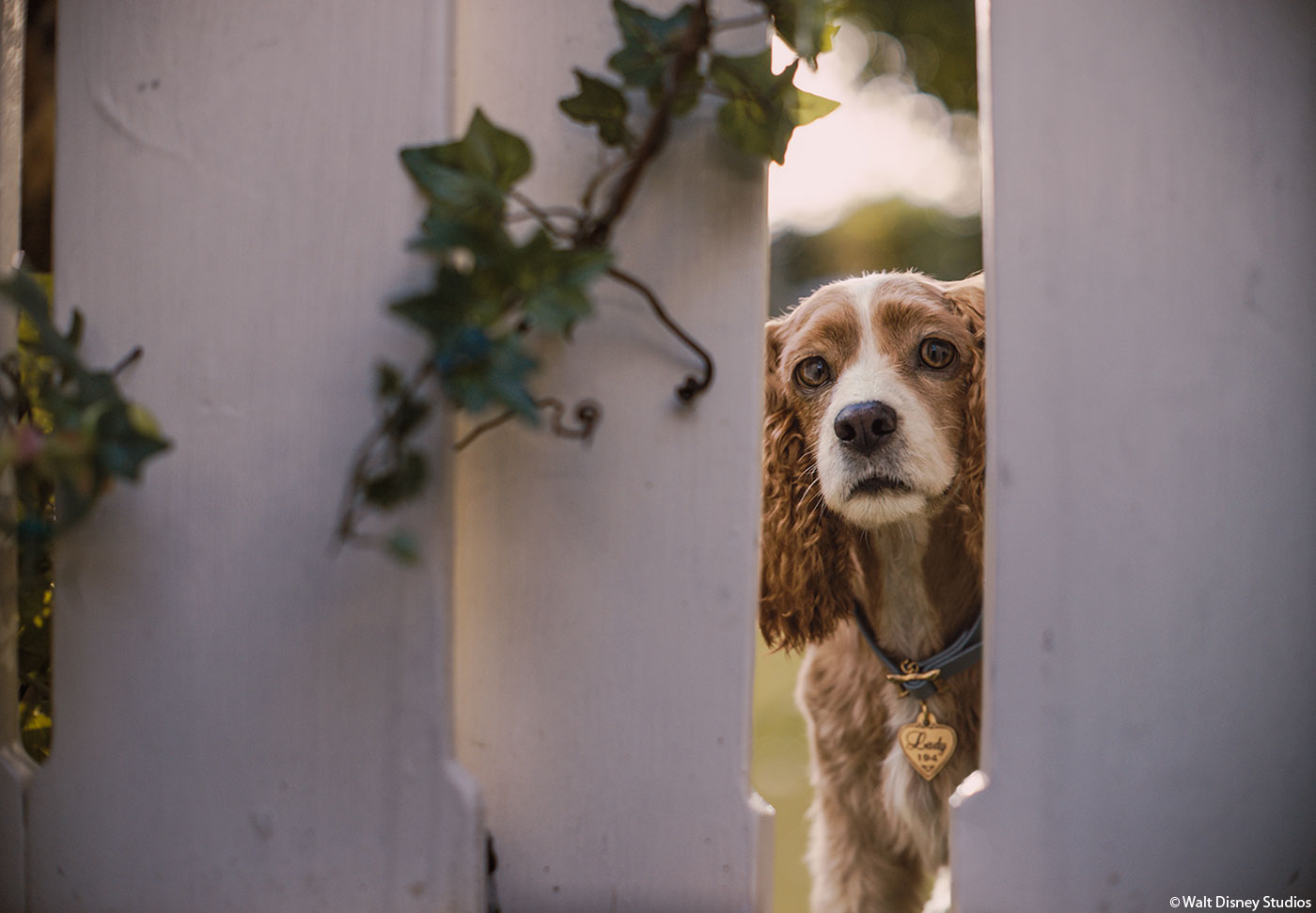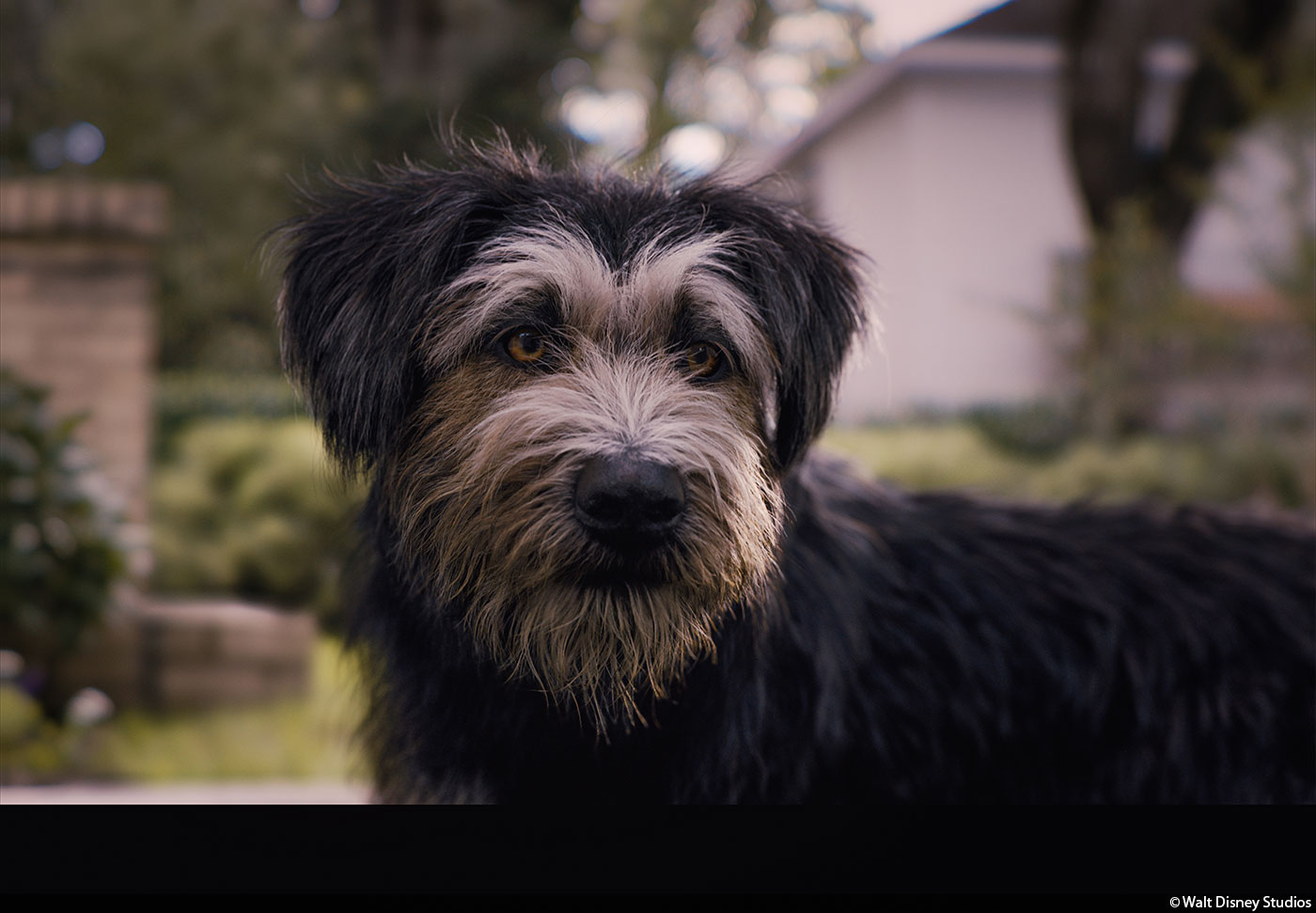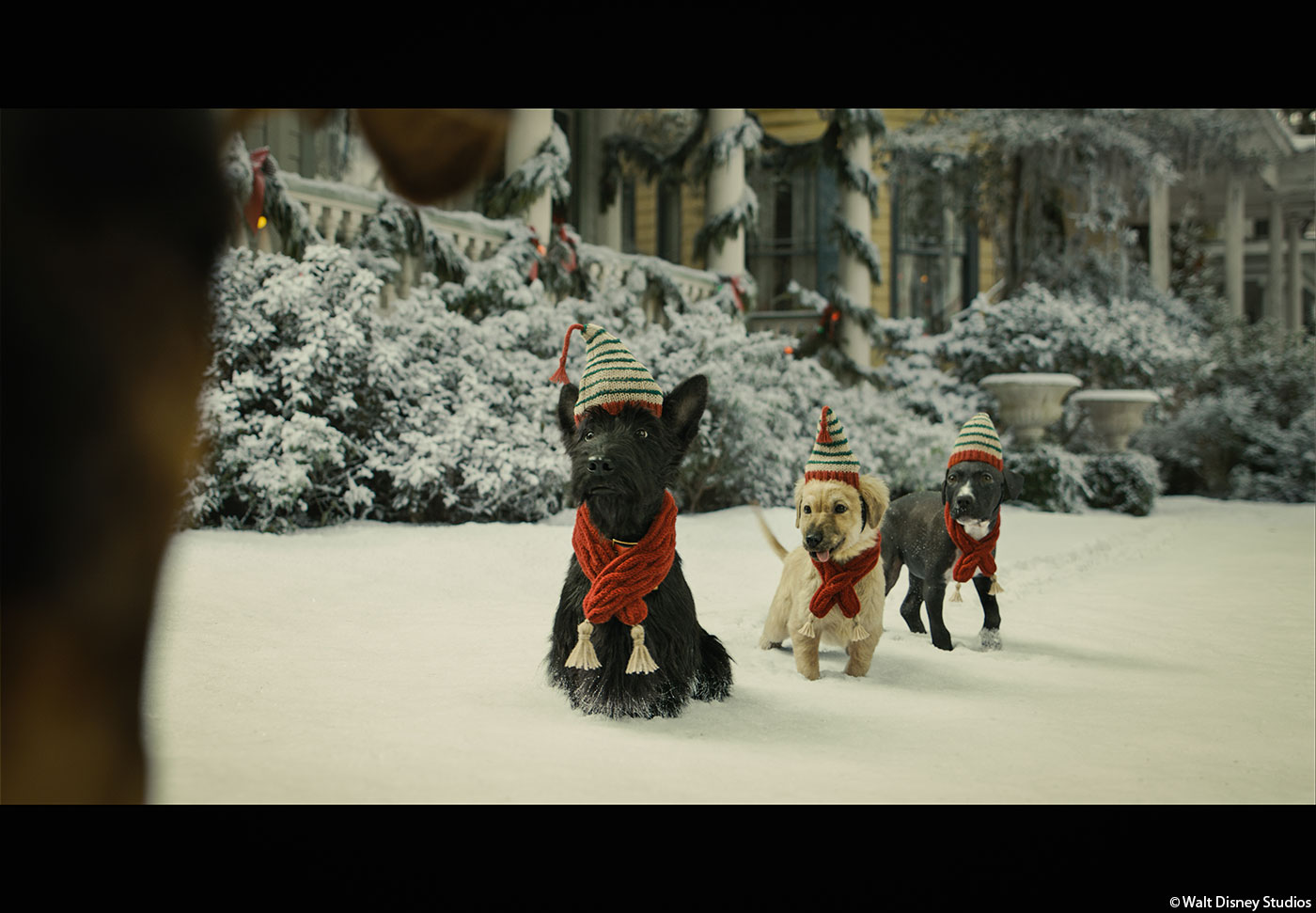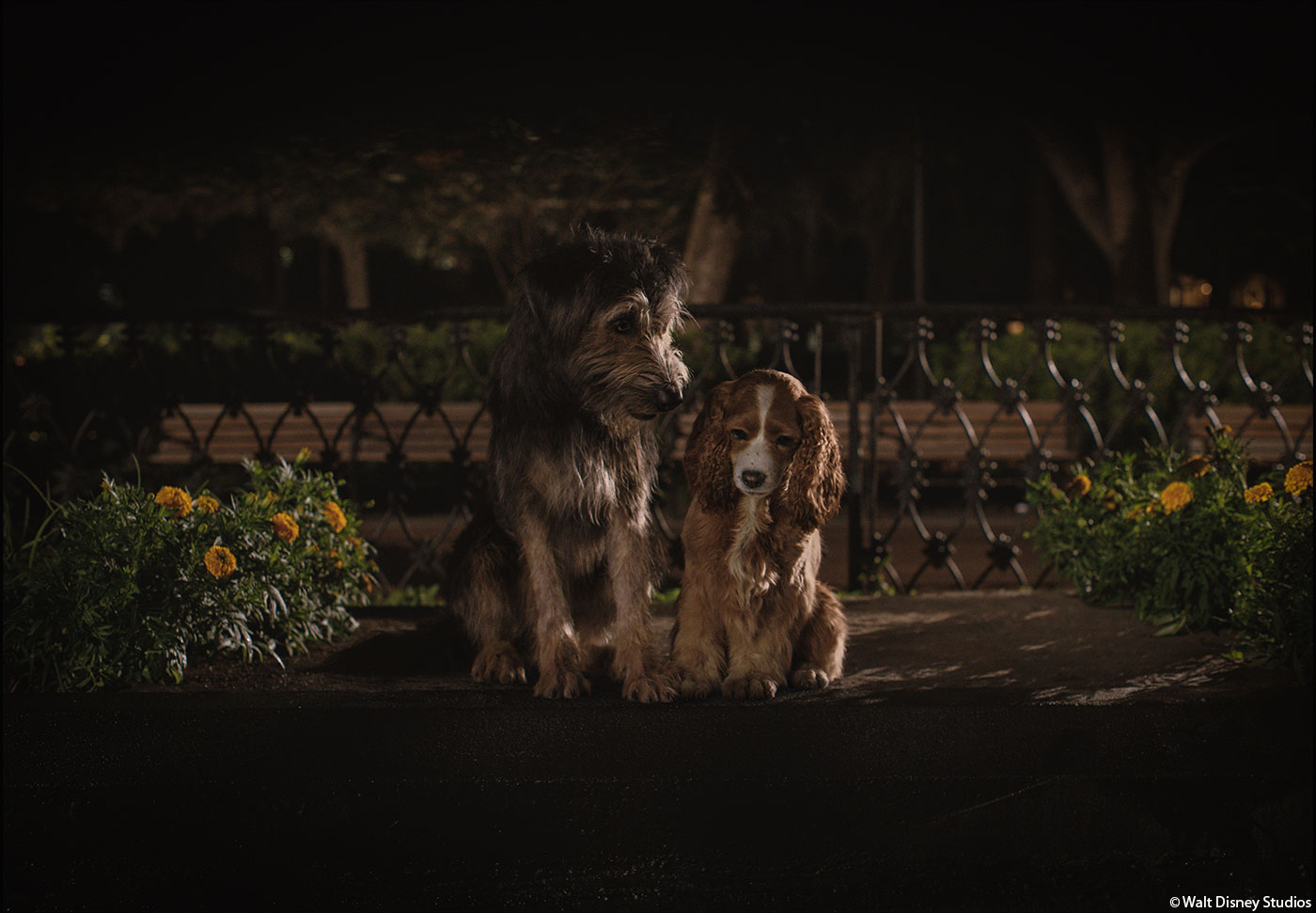Robert Winter began his career in visual effects in 1997 at Sony Pictures Imageworks. He has worked on films such as STARSHIP TROOPERS, HOLLOW MAN, HANCOCK and ALICE IN WONDERLAND. He then joined MPC in 2014 and took care of effects for films such as SUICIDE SQUAD and GODZILLA: KING OF THE MONSTERS. In 2018, he joins Framestore and works on LADY AND THE TRAMP.
In 2017, Arslan Elver told us about the work of Framestore on GUARDIANS OF THE GALAXY VOL. 2 and then worked on CHRISTOPHER ROBIN.
How did you and Framestore get involved on this show?
Arslan Elver: We had just finished work on CHRISTOPHER ROBIN with Disney when they asked us to do a test for their live-action LADY AND THE TRAMP feature film for Disney+. The test was based on having some live action shots of a real dog that we had to match with a CG dog. The clients were really impressed and gave us a big chunk of the film as a result. We were awarded with action shots but also performance-heavy sequences and we were thrilled to work on the famous dinner date sequence where the dogs eat the spaghetti and meatballs.
How was the collaboration with director Charlie Bean?
Arslan Elver: Charlie comes from a storyboarding background so his briefing sessions were so much fun and detailed. He already had a very clear idea what he wanted to do in the scene with our characters but it was collaborative. We had cineSync sessions where I sometimes stood up and acted out some of the beats to suggest ideas and he was very responsive to those. It really made the whole process more like a feature animation experience.
Robert Winter: It was a big challenge, having so many quadrupeds to work with, but it was a great experience and a huge learning curve. The main challenge of the film was having that balance of the emotional performance of the dogs, while keeping them on model with the real dogs that were shot.
What was their expectation and approach about the visual effects?
Robert Winter: Working with Charlie was amazing; he is very much a director who brings ideas and briefs to the table and is very involved in the development. Charlie was in every review we had and that was really helpful logistically because of our tight schedule.
Arslan Elver: Because they shot the actual dogs on set, the edits cut between the real dogs and our CG versions constantly. The assets had to be perfect digidoubles. From an animation perspective, making them move like a dog but not making them look too cartoony and stylised was the challenge. We needed to find a language of movement where it felt natural but allowed the emotions of characters to come across.
Did Charlie’s animation background help him in this movie?
Arslan Elver: Massively. Not only was he very clear on briefs and ideas, it was also a lot of fun to interact with him. He is an artist at heart so it was really nice and collaborative.
What are the sequences made by Framestore?
Arslan Elver: In London we worked on the Lady asset, Trusty the bloodhound and sequences including the famous spaghetti scene dinner date, the emotional break-up sequence between Lady and Tramp, and the evening hillside sequence.
Robert Winter: In Montreal we built the characters of Tramp, Isaac and the adorable puppies Ollie and Dodge. Our big sequences include Tramp rescuing Lady from Isaac, Lady’s muzzle removal, Tramp caught – Lady, Trusty and Jock to the rescue!
Can you tell us more about the creation of Lady?
Arslan Elver: We did a few things to help us to achieve a perfect digidouble asset for Lady. We picked a few different still images and clips of Lady from different days of the shoot to duplicate the same look and expression with our rig. These included movements such as walking, panting, licking her lips and barking. We slowly started to realise that she looked a bit different each day, whether that was because her fur was groomed differently on the day of the shoot or her hair extensions were different (on set they added hair extensions on her ears).
Another challenge was her muzzle and hitting those shapes in our rig. We picked footage of her panting on a hot day, licking her lips and closing her mouth and it took us a few months to match that footage. In the very early versions she didn’t really look like her, we even made a joke in our asset dailies that she looked like her grandma! Then slowly, with every iteration, she started to look more like Lady. The modelling team created a sculpt, which we broke that down to individual shapes and replicated in animation, while texture and lookdev was constantly being updated at the same time. After all of that hard work it was very nice to see the side by side comparisons where we showed our colleagues the two dogs and they were not sure which one was real.
In terms of the animation, we had to be sure that the performances of our canine friends didn’t look cartoony. They had to sit in the plate and cut across live action dogs but still emote and create believable performances. When we worked without looking at references, the performances were not convincing. So we started to dig deeper using a collection of references to help create the right emotion. We looked at Monty and Rose (the real dogs cast for Tramp and Lady) for specific characteristic features and we tried to incorporate them as much as we could. For example, there is a very particular way Lady’s ears sit around the skull – if the ears are too far apart from the head, she looks off-model.
Another thing that helped us to make sure that the animation still felt real was when they laughed – we went for a panting action. That was a key movement that immediately clicked with Charlie. Even if they were going to smile, we always kept the jaw open to give the sense of a real dog. When their jaw is closed and they smile they always look a bit off, less real. Whenever it was suitable, we also employed an overall body breathing action to keep the realism. If it was an emotional scene we kept it out but whenever suitable we used it as one of our tools.
Can you elaborates about the creation of Tramp?
Robert Winter: Weta Digital had started work on Tramp but we ended up starting ours pretty much from scratch because we had our own workflow. We had success matching digital doubles to the live action dogs in the film and we knew we could follow the same process for Tramp.
A big challenge was the fur. Every day we saw footage of Monty (the real dog) that they shot on location, and every day he looked different. He had so much detail and the fur was constantly changing; it was so sensitive to the time of day, the weather, or whether he’d just drank some water. It was therefore incredibly challenging in terms of trying to match something – we had to create a lot of variation to the fur to satisfy the amount of looks in the film.
We had a good approach in how we explored Tramp’s performance, but Monty wasn’t the most expressive dog we’ve seen! We had a narrow range to work from but we still tried to add as much as we could using the fur and the blend shapes. We took his performance and then played with expressions to see what we could use to communicate, making sure that we were restrained with what we did to keep it aligned with Monty’s mannerisms and expressions.
How did you approach and create the iconic Spaghetti sequence?
Arslan Elver: We started with Frank Thomas’ iconic animation from the 2D version. We tried to keep the beats the same as an homage to the original, but added a layer of dog-like details for eye darts, nose twitches or ears. Lighting was also a key factor and we made sure that there was always light in their eyes.
Which sequence or shot was the most challenging?
Arslan Elver: Every sequence had its own unique challenges. I was really scared about the spaghetti sequence as it’s such an iconic scene. It was really a big challenge but we dived right into it and actually had a lot of fun with it.
Robert Winter: We found out pretty quickly that when you add dialogue to any animal, there’s a perception that the animal has intelligence. Isaac was tough because he’s supposed to be this bruising dumb dog but it was challenge to make that look real when he talked. Our animators spent a lot of time layering realistic dog behavior into the performances as a way to get consistency between shots of CG dogs and shots of dog performers.
Is there something specific that gives you some really short nights?
Arslan Elver: When we were building Lady and trying to match the real footage. There were a few nights thinking how we were going to get there, but the final result was well worth it and made us all proud.
What is your favorite shot or sequence?
Arslan Elver: Probably the spaghetti sequence. But I have to say, when Tramp visits Lady with a gift to apologize in the backyard, it was also quite emotional and nice to see all the subtleties on their face.
What is your best memory on this show?
Arslan Elver: I guess when we got a great match with our CG Lady asset and watched the scenes coming together with all the great lighting, fur and comp and looking at how they flow across the cut.
What’s the VFX shots count?
Over 550 in total.
What was the size of your team?
At the peak we were 350.
What is your next project?
Arslan Elver: A completely different show! TOM AND JERRY. I was involved in doing the pitch for this show and am now looking forward to the production.
A big thanks for your time.
WANT TO KNOW MORE?
Disney+: You can now watch LADY AND THE TRAMP on Disney+ now!
Framestore: Dedicated page about LADY AND THE TRAMP on Framestore website.
© Vincent Frei – The Art of VFX – 2020


